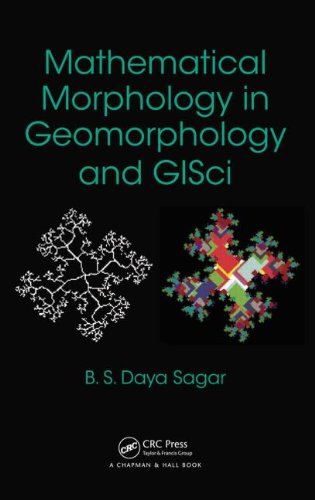

Most ebook files are in PDF format, so you can easily read them using various software such as Foxit Reader or directly on the Google Chrome browser.
Some ebook files are released by publishers in other formats such as .awz, .mobi, .epub, .fb2, etc. You may need to install specific software to read these formats on mobile/PC, such as Calibre.
Please read the tutorial at this link: https://ebookbell.com/faq
We offer FREE conversion to the popular formats you request; however, this may take some time. Therefore, right after payment, please email us, and we will try to provide the service as quickly as possible.
For some exceptional file formats or broken links (if any), please refrain from opening any disputes. Instead, email us first, and we will try to assist within a maximum of 6 hours.
EbookBell Team

4.8
44 reviewsMathematical Morphology in Geomorphology and GISci presents a multitude of mathematical morphological approaches for processing and analyzing digital images in quantitative geomorphology and geographic information science (GISci). Covering many interdisciplinary applications, the book explains how to use mathematical morphology not only to perform quantitative morphologic and scaling analyses of terrestrial phenomena and processes, but also to deal with challenges encountered in quantitative spatial reasoning studies.
For understanding the spatiotemporal characteristics of terrestrial phenomena and processes, the author provides morphological approaches and algorithms to:
Incorporating peer-reviewed content, this book offers simple explanations that enable readers—even those with no background in mathematical morphology—to understand the material. It also includes easy-to-follow equations and many helpful illustrations that encourage readers to implement the ideas.